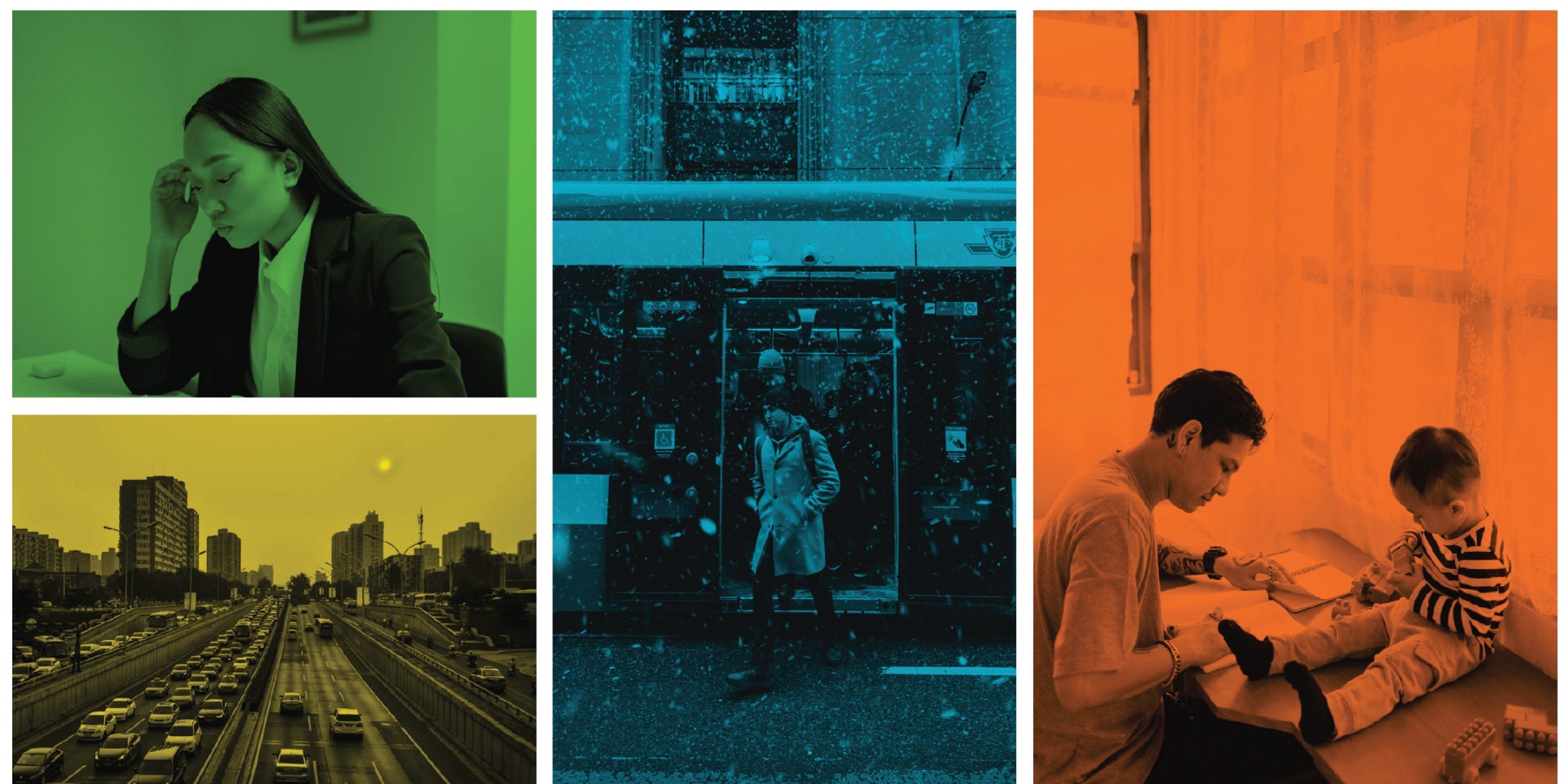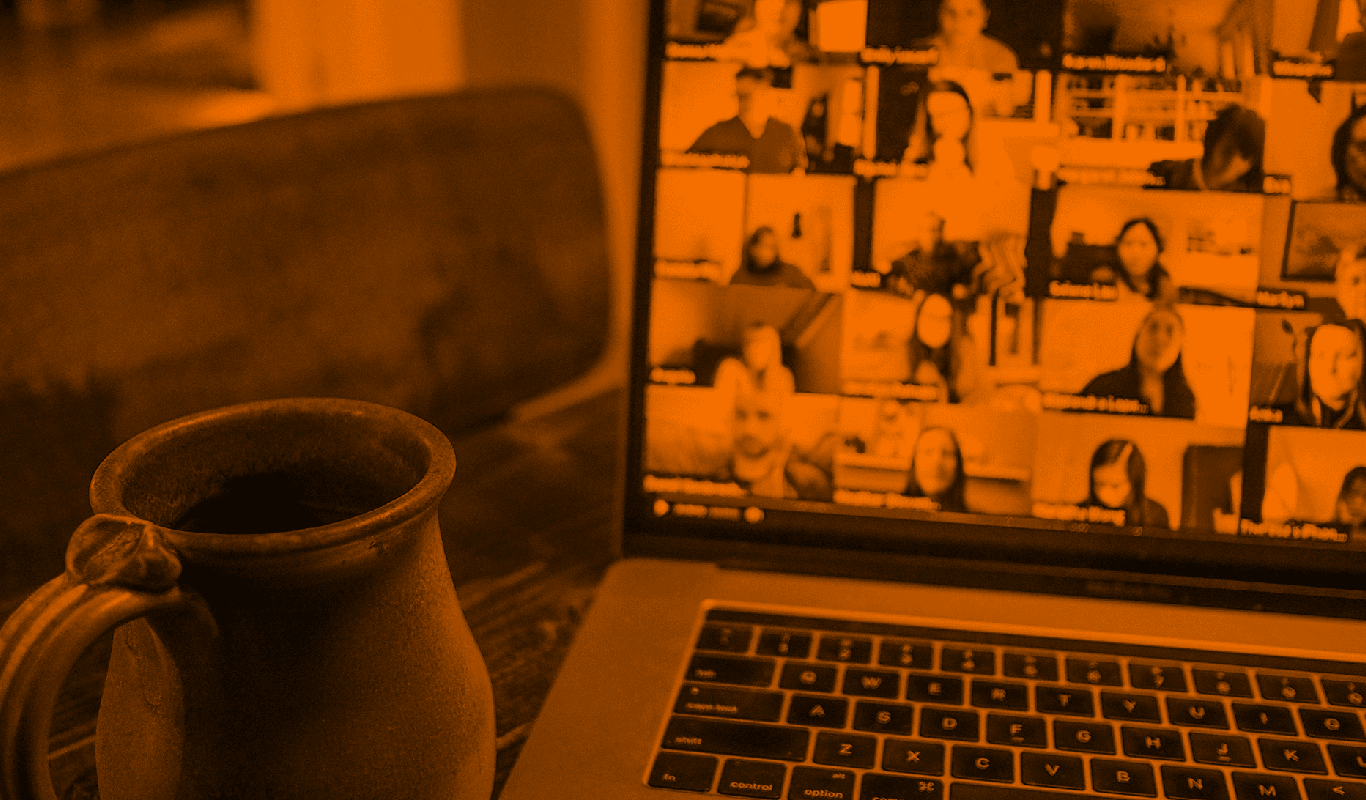Prior to the COVID-19 pandemic, flexible work options such as remote work were not used prevalently and were often stigmatized as being special accommodations for caregivers (usually women) or people with disabilities. When the COVID-19 pandemic hit, we faced a major transformation in work when many organizations were forced to pivot to remote work. As pandemic restrictions have eased, many workers are unwilling to go back to the office full-time. What does this shift mean for inequality?
Below, we’ve curated a primer of our best scholarly research and insights on this subject.
The Future of Work: Will Remote Work Help or Hinder the Pursuit of Equality?
The widespread shift to remote work during the COVID-19 pandemic has brought about many questions on the future of work. A recent survey by Microsoft of 31,000 workers in 31 countries suggests that 52% of employees are somewhat or extremely likely to prefer hybrid or remote work in the year ahead, and 53% of employees are more likely to prioritize their wellbeing over work than before the pandemic. The way that people perceive and experience work has changed drastically over the last two years. But how have marginalized workers specifically been affected by the shift to working from home? And what types of work design will best facilitate equity, well-being, and opportunity for workers moving forward?
Analyzing the dynamics of remote work with an intersectional lens allows us to understand how different groups may be experiencing this transformation in labour. Research suggests that remote and hybrid work models have improved many workers’ lives, but it has also been associated with career penalties, work-family conflict, higher stress, and other mental health challenges—particularly for those who already experience inequity. Many of these disadvantages come about not because of anything inherent about remote work but because of bias, stereotypes, and social norms surrounding paid and unpaid work.
In this video, our panel discusses how the future of work is changing, and how to use this moment to rethink how their teams and workplaces can be more inclusive and accessible.






